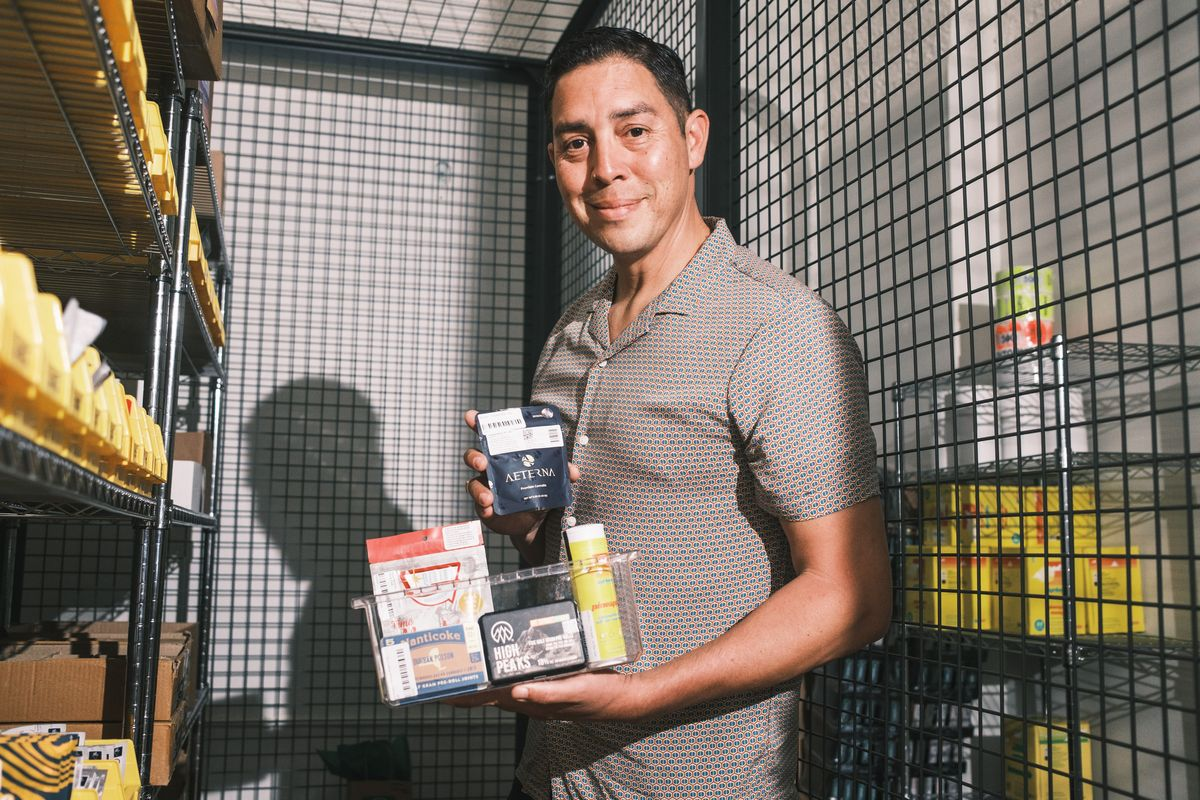Why Weed Delivery Matters in Regulated Cannabis Markets
The evolution of cannabis from underground culture to a regulated industry has brought major shifts in access, quality control, and safety. But as the market matures, convenience and trust are becoming just as important. Weed delivery, once a gray-area service, is now a critical link between licensed dispensaries and responsible consumers. In regulated markets, where oversight is strict and consumer expectations are high, delivery services play an essential role in shaping the cannabis experience.
Modern Consumers Want On-Demand Convenience
Today’s buyers expect more than just a dispensary around the corner. They want ease, privacy, and speed. This mindset is no different in the cannabis space. With hectic schedules and limited access to transportation, many consumers find it more practical to order cannabis products online. Regulated weed delivery brings licensed, lab-tested products directly to their doorsteps, eliminating the need to wait in lines or travel long distances. It’s about meeting the modern consumer where they are—literally.
Weed Delivery Ensures Safer, Controlled Access
Weed delivery is the legal process of transporting cannabis products from licensed dispensaries to verified customers. In regulated markets, this service offers a secure bridge between consumers and high-quality, approved cannabis. Unlike black market alternatives, these services use tracked vehicles, age verification, and real-time communication to ensure everything remains compliant. By the time the product arrives at a consumer’s door, it has gone through checks at every step. Weed Delivery supports a safer and more transparent cannabis system.
Expanding Access for Medical Cannabis Patients
Not every cannabis consumer is recreational. For many, especially those with chronic illnesses, cannabis is a necessity. But for these patients, mobility can be a serious barrier. Regulated delivery services remove that obstacle entirely. Whether it’s seniors managing arthritis or patients recovering from surgery, reliable access matters.
Boosting Local Economies with Weed Delivery
Cannabis delivery isn’t just helping customers. It’s supporting local businesses and creating new jobs. Drivers, tech workers, compliance officers, and customer support teams are all part of the ecosystem. In cities and towns where dispensaries can’t open storefronts due to zoning laws, delivery offers a way to participate in the cannabis economy. With every licensed delivery transaction, more tax revenue goes back into the community. Weed delivery becomes a tool for economic development, especially in areas once left out of the industry.
Enhancing Customer Education Through Personal Service
One surprising benefit of regulated delivery services is the customer experience. With many platforms offering chat support or in-app guidance, customers can ask questions before they buy. Instead of rushed decisions in a busy dispensary, consumers can take their time, review product details, and learn at their own pace. Some services even train drivers to share information or suggest products responsibly.
Weed Delivery Reinforces Trust in the Legal Market
The legal cannabis market still fights misconceptions. Some consumers worry about quality, consistency, or whether products are really safe. Weed delivery, when done through licensed operators, tackles those concerns head-on. Clear packaging, labeled THC content, lab results, and secure delivery methods all signal professionalism. In fact, the very existence of such a service proves how far the cannabis industry has come. Weed delivery builds consumer trust and pulls people away from illegal sellers.
Conclusion
In regulated cannabis markets, weed delivery is more than a luxury—it’s a necessity. It ensures safe access, supports vulnerable communities, grows local economies, and strengthens trust in legal providers. As the cannabis industry evolves, delivery will remain a cornerstone of customer satisfaction and regulatory success. The future of cannabis isn’t just about what’s on the shelf—it’s about how it reaches your hands.




